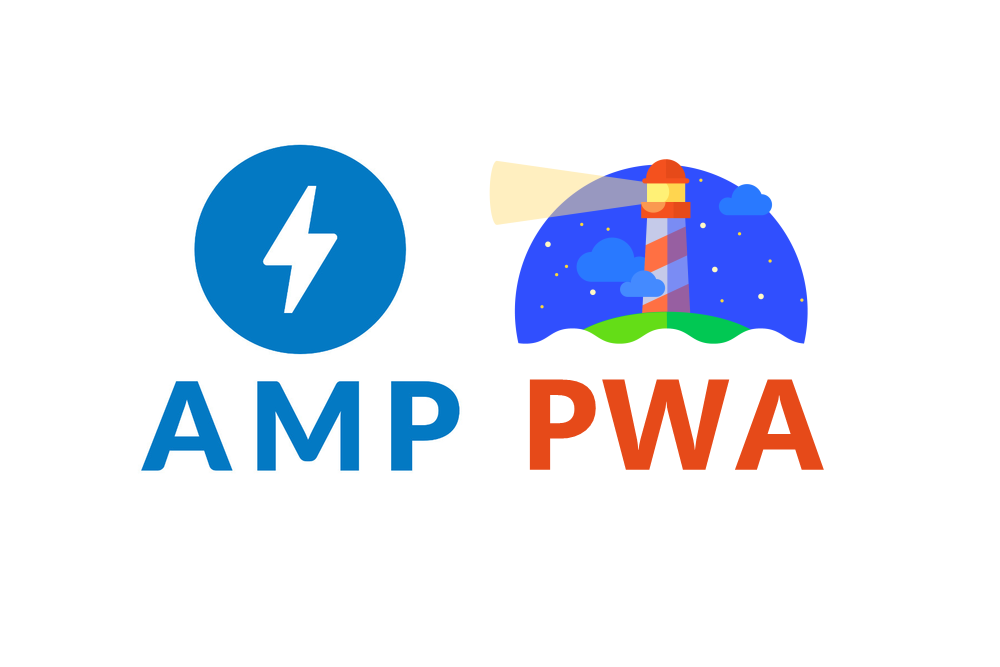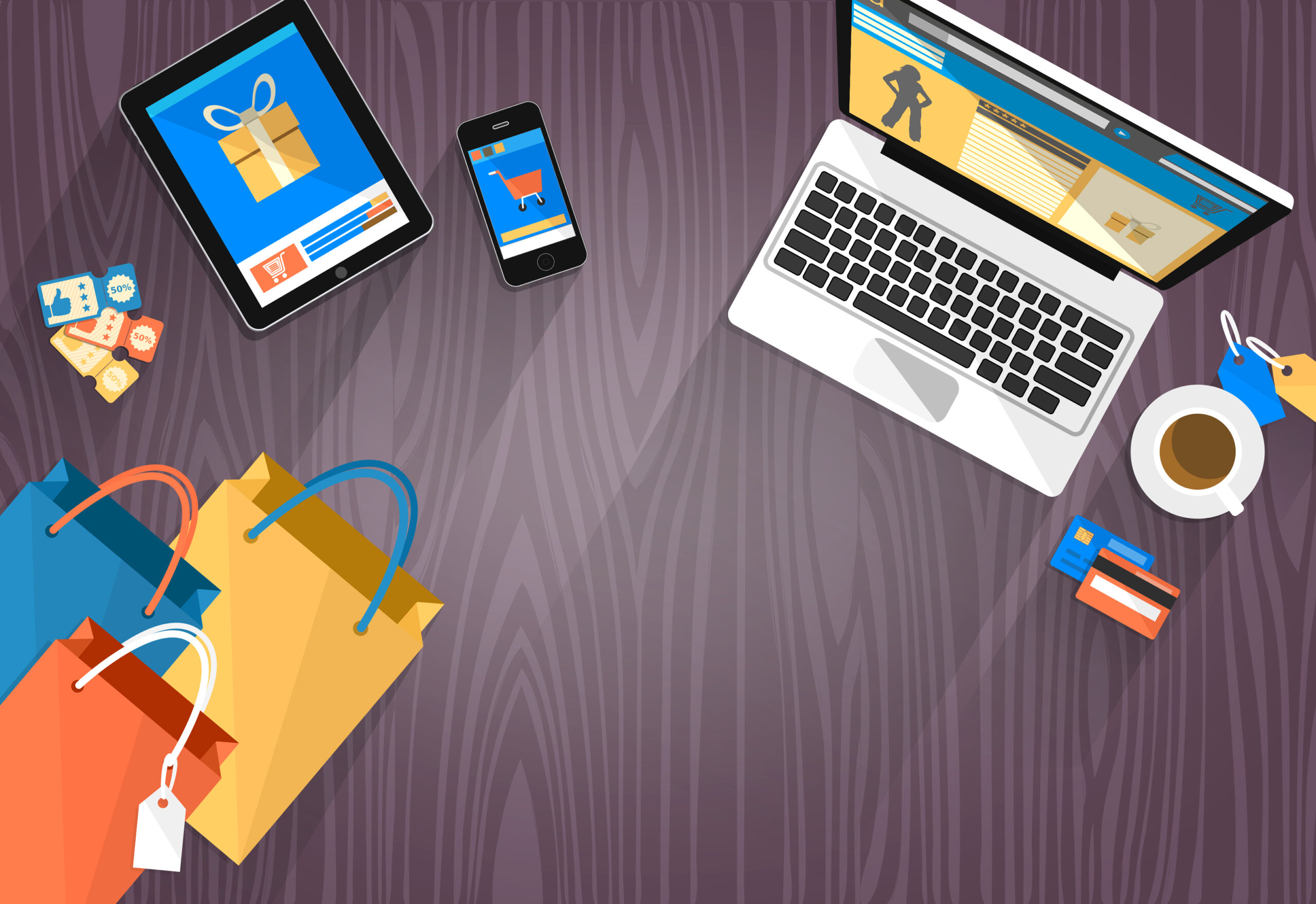WILL ECOMMERCE EVER RULE THE WORLD.
The resurrection of ecommerce is happening all around us. Businesses experiment with cutting-edge technologies like voice ecommerce, partnering with luxury brands, and testing augmented reality to enable online-to-offline experiences. With progressive web applications, the world is becoming a storefront for brands to enable their ecommerce through digital media and live streams.
Second and third-tier shopping malls are reborn, manufacturers and CPG companies are reinventing themselves by selling directly to the customers and accelerating business growth. With the rise of ecommerce business, an estimated 12000 retail locations were expected to shut down over the last year. Ecommerce is being raised from offline to online store businesses and everywhere in between. The future of ecommerce seems bright. Here are a few trends that are shaping the future of ecommerce through 2021 and further.
ECOMMERCE TAKES SHARE BUT HAS GOOD GROWTH.
Although the line between physical stores and digital platform shopping is blurring, the difference in growth trajectories between them is still huge. The global retail market expects a maximum of $25 trillion in 2019, but the growth has slowed down substantially compared to the last five years and is not expected to rise through 2023.
On the other hand, the worldwide ecommerce sales reached a maximum of $3.5 trillion in 2019 and are expected to increase by approximately 19% from the previous years. Ecommerce is expected to double by 2023 to a high $6.5 trillion.
Another perspective of this case is that although ecommerce is growing faster than retail sales, it is a relatively small piece of the enormous market. In 2019, ecommerce shares held 14.1% of the global market, and analysts expect only a 2% increase till 2023.
Amazon contributes to the maximum of the ecommerce growth around the world and is growing above-market rates and was expected to account for 37.7% of all online sales in 2019. At the same time, in-store sales accounted for 90% of the total retail sales. The total market share of online retail U.S. sales is now more than general merchandising sales for the first time.
ECOMMERCE TAKES SHARE BUT HAS GOOD GROWTH.
With an approximate of an overall 16% retail sales expected to happen in 2021, manufacturers and traditional brands have bypassed retail partners and started selling DTC. Ecommerce growth is assisting legacy manufacturers in offsetting stagnant retail store sales growth.
Selling DTC yields three primary benefits:
• You own the customer relationship:
With a direct customer relationship, brands no longer depend on retail partners to protect and promote the brand. Establishing a direct relationship with the end customer also ensures better after-sales services to the customer.
• Collect and use Customer Data:
Selling directly to the customer helps you gather customer information to help brands create personalized experiences and monetize the relationship.
• Offer personalized products:
Selling directly provides brands the opportunity to offer experiences that cannot be provided in traditional retail stores. DTC brands allow shoppers to mix and match assortments, participate in contests, and become brand evangelists.
A primary driver for the DTC trends is the increase of private-label brands. Private label brands account for approximately 20% of all the consumables in the market. Driving the market share growth are the retail partners on which manufacturers rely on for mass distribution. They are increasing the offering of their brands that compete against those products produced by legacy manufacturers. Selling directly to the customer responds to increasing competition from retail partners offering their own DTC private-label brands.
Private label products are the new challenger brands since most consumers are willing to abandon brand loyalty to perceive a better value. Importantly, private label brands are taking share in both online and retail stores. Nearly 33% of Costco and 19% of Walmart’s sales are private labels.
Most importantly, consumers will not go to private label brands to save money; they turn to premium private label brands. Premium private label brands and products fall in higher quality brands than branded products and sell at a higher price point.
PWAS AND AMPS IN MOBILE COMMERCE

Analysts estimate that by 2021 approximately 54% of all ecommerce sales will be happening through mobile devices. Worldwide, mobile commerce is expected to be even higher. But just because your ecommerce solution can offer a responsive site, it does not mean that you can provide a great mobile user experience for your online store. Mobile conversion rates are less than 50% compared to desktops. Detailed analysis indicated that 53% of consumers abandon a website that takes more than 3 seconds to load, and mobile website bounce rates are 10-20% higher than in desktops.
To provide a seamless mobile experience across all devices, many brands choose progressive web applications. These web applications stay on the user device home screen and can load itself instantaneously irrespective of the online or offline device. PWAs can be a part of headless commerce strategies that lets teams work simultaneously on front-end and back-end to improve the mobile website performance.
Taking ecommerce portals a step further, PWAs can be combined with an Accelerated Mobile Page (AMP), mobile-first HTML copies of webpages that load instantly. AMPs are developed by Google’s mobile-first index, which prioritizes mobile optimization in search results. This combination can perform better and yield better search results, increased traffic, and improved conversion rates.
GLOBAL ECOMMERCE BOOM

Global ecommerce sales are expected to be $4.2 trillion in 2020 and can reach more than $6.5 trillion by 2023. The statistics show an estimated 2.1 billion shoppers purchasing goods and services online by 2021./p>
With the world economic changes, an estimated 1.4 billion people are expected to join the world’s middle class, and most of them would belong to the Asia Pacific region. Ecommerce as a whole has already shifted away from the West to the Eastern regions and will continue to do as China’s consumer economy cools down. The ecommerce in the APAC grew up to 25% in the last year, topping a $2.27 trillion.
While more than 50% of the fast-growing ecommerce countries are from the Asia Pacific region, Latin America also has an accelerated ecommerce growth, including the world’s fastest-growing country, Mexico.
Growth rates tell only a part of the story as the king of global ecommerce in China. With an estimated $1.9 trillion ecommerce sales in 2019, China has three times the online sales of the U.S. Additionally, china’s share in global ecommerce is 54.7%, which is nearly twice that of the next five countries combined.
Localization is increasingly important when it comes to expanding the business internationally. A study conducted by the Localization Industry Standards Association (LISA) found out that for every $1 spent, the ROI is $25. This return helps customers local payment methods, local currencies, and content translated into local languages to improve cross-border trade success.
For example, 100% Pure sells cruelty-free products directly to Chinese consumers through Tmall Global and delivers products using a third-party logistics partner. The company increases sales four times every year as it decided to localize its sales and product content promotions. Part of the strategy lies in Juhuasuan, where a group-buying feature within Tmall allows for a flash sale feature that leverages live streams with Chinese influencers. This tactic increases sales by earning customer trust and proper product distribution.
